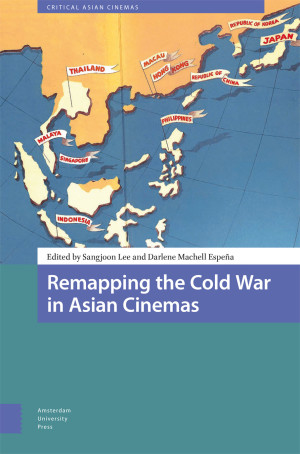This book is about cinema and the cultural Cold War in Asia, set against the larger history of the cultural, political, and institutional linkages between the US, Europe, and Asia at the height of the Cold War. From the popularity of CIA-sponsored espionage films in Hong Kong and South Korea to the enduring Cold War rhetoric of brotherly relations in contemporary Sino-Indian co-production, cinema has always been a focal point of the cultural Cold War in Asia. Historically, both the United States and the Soviet Union viewed cinema as a powerful weapon in the battle to win hearts and minds—not just in Europe, but also in Asia. The Cold War in Asia was, properly speaking, a hot war, with proxy military confrontations between the United States, on one side, and the Soviet Union and China on the other. Amid this political and military turbulence, cataclysmic shifts occurred in the culture and history of Asian cinemas as well as in the latitude of US cultural diplomacy in Asia. The collection of essays in this volume sheds light on the often-forgotten history of the cultural Cold War in Asia. Taken together, the volume’s fifteen chapters examine film cultures and industries in Asia to showcase the magnitude and depth of the Cold War’s impact on Asian cinemas, societies, and politics. By shifting the lens to Asia, the contributors to this volume re-examine the dominant narratives about the global Cold War and highlight the complex and unique ways in which Asian societies negotiated, contested, and adapted to the politics and cultural manifestations of the Cold War.

